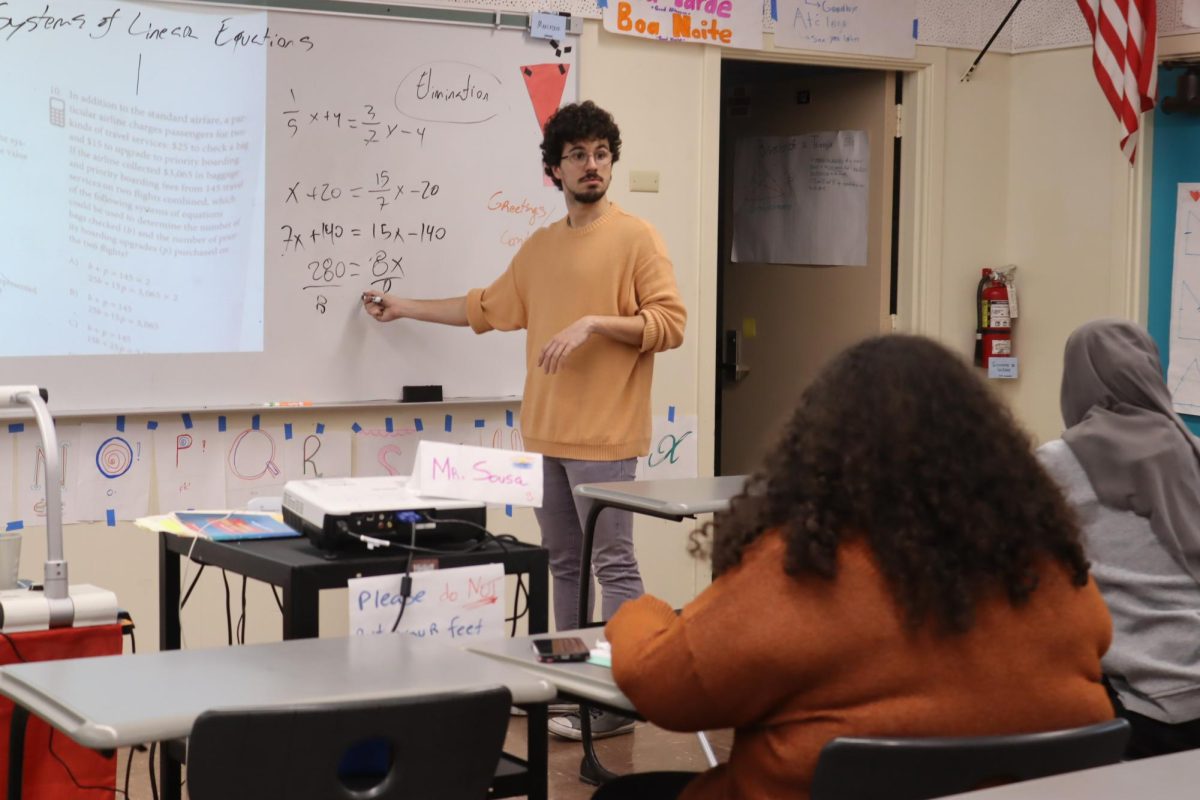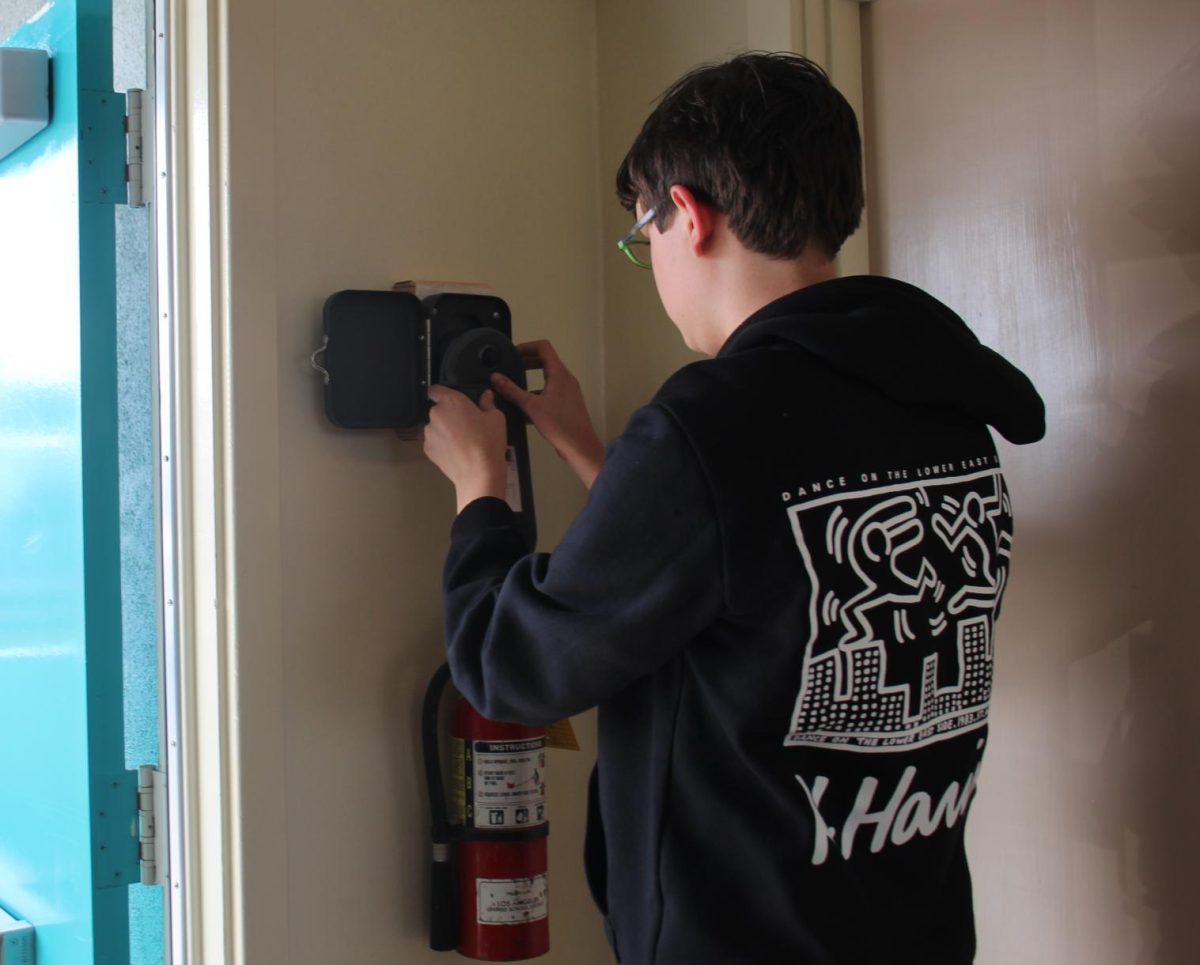The College Board will shift from its physical paper SAT to an online version starting this March, which presents both new advantages and challenges for juniors currently preparing for the test.
“I just feel like I’m more old school so I feel like for me when I read online, I just have the worst attention span when things are digital,” junior Genesis Cuellar-Figueroa said. “So I prefer things hands-on and on paper. Everyone’s different but I think I’d prefer it more on paper. I guess it’s just my brain and how it works.”
According to The Princeton Review, the purpose of the SAT, which contains English language and math sections, is “to measure a high school student’s readiness for college, and provide colleges with one common data point that can be used to compare all applicants.” The new SAT will be online for the first time for all students and the U.S. College Board’s new Bluebook app will track students’ answers, giving easier or harder questions depending on how they are doing.
The test will be an hour shorter, now lasting two hours instead of three. Long texts will no longer be used for the reading and writing sections, assisting in the shortening of the test’s duration.
“The fact that it’s shorter and online means that maybe it’s adapting to accommodate the new behavior changes of students,” said senior David Antonio, who took the SAT in his junior year. “Maybe social media is decreasing our attention spans and to accommodate that, the SATs will be shorter and digital.”
Both the math and reading and writing sections will be split in half. Students’ results from the first half will impact the difficulty level of the questions asked in the second half, making the test more adaptive to a student’s aptitudes. Previously, students were able to flip the physical test booklet and review or change their answers within a particular section. Now that each section is split, students can only return to questions within the half of the section they are currently on.
The math section, which previously consisted of calculator and non-calculator sections, will be reduced to one calculator section. Throughout the section, students are allowed to use the digital calculator provided on the digital exam page or bring their own graphing calculator. Math teacher Gonçalo Sousa, who is hosting after-school SAT tutoring classes for math, feels the digital format will hinder student thought processes during the test.
“I’m very old school and I’m a pen and paper kind of guy,” Sousa said. “I believe that there is a lot to be gained from actively writing out your steps, for thinking with your head and using your hand and your pencil as an extension of your brain, particularly as it comes to mathematics.”
While the changes are prominent, many students don’t feel the pressure to study too much. According to a U.S. News article, “In a November 2021 pilot launch of the digital version, 80% of participants found the new format ‘less stressful’ than the paper test, according to the College Board.”
According to ‘On To College,’ only 25% of California students took the SAT in 2023. One factor affecting this trend is the current status of many colleges and universities as test-optional or test-blind, meaning they do not require test score submissions or do not consider test scores in the admissions process, respectively.
“Well currently, I feel like I’m not taking them as seriously as I should be,” Cuellar-Figueroa said. “I feel like now with all the UCs that are not really looking into them as much, I feel like it’s the least I could be worried about when I’m applying to colleges. What I’m more worried about now is extracurriculars and things that I could be adding to my record.”
















